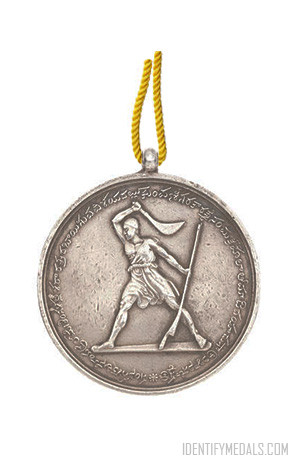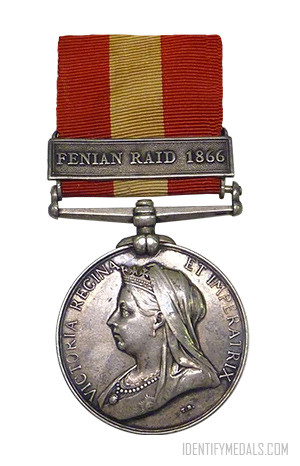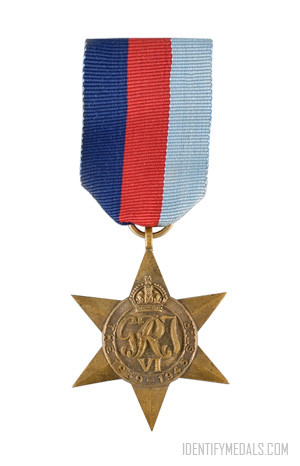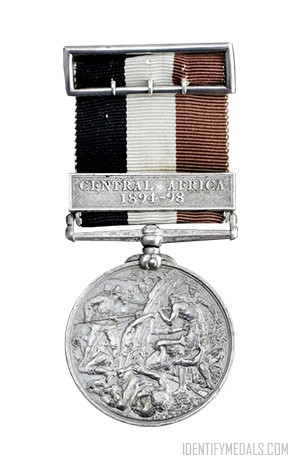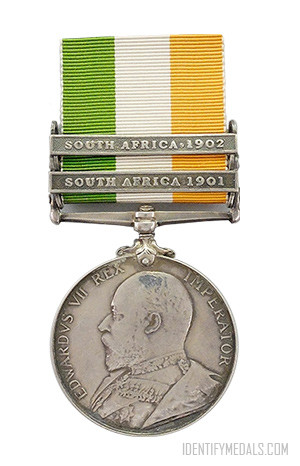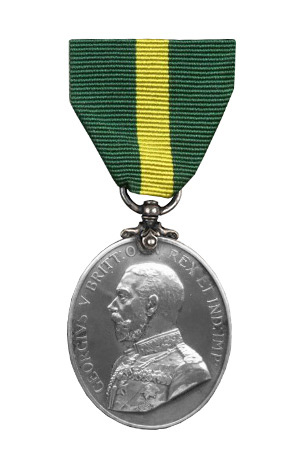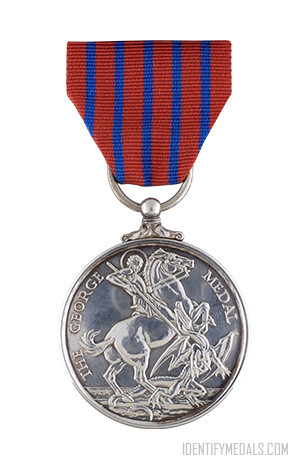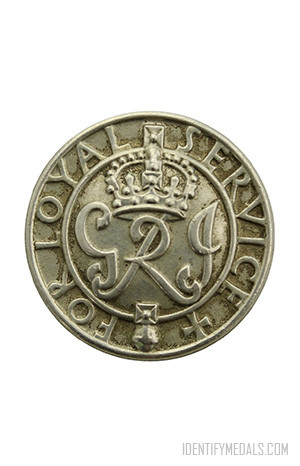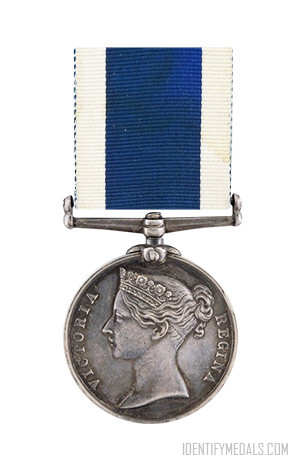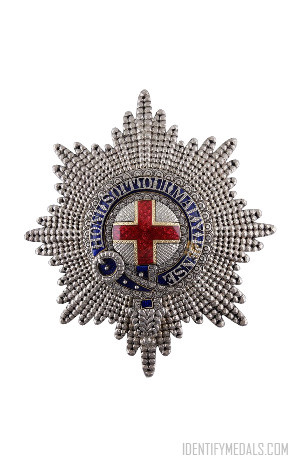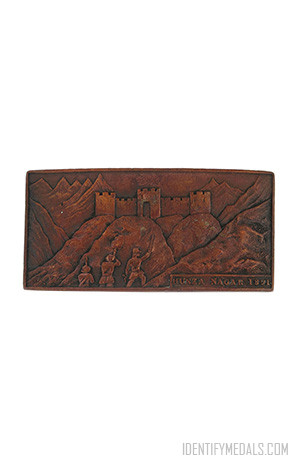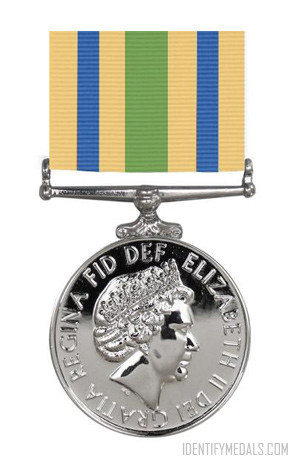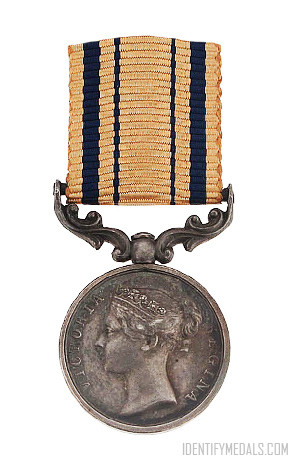- Time Period: Pre-WW1
- Year of Institution: 1837
- Country: Great Britain
The Coorg Medal was authorized in August 1837 and awarded by the Honourable East India Company (HEIC) to local forces who helped suppress the rebellion of 1837.
Coorg was annexed into the Madras Presidency of the British HEIC after the Coorg War of 1834. In April 1837 a rebellion broke out, but soon ended when many chiefs and local troops gave their support to the British.
The medal was not awarded to all participants, but only to the most senior among the loyal Coorgs and those that had distinguished themselves. Dewans, Subedars, and other chiefs received the medal in gold (a total of 44 awarded), with fourteen of the most distinguished receiving it suspended from a gold chain. Lesser leaders and peasant class combatants received the medal in silver (300 awarded).
Europeans and members of the armies of the Honourable East India Company from outside Coorg were not eligible for this medal.
The Coorg Medal Design
The medal was struck at the Calcutta Mint in gold or silver and measured 50 mm in diameter.
The obverse shows the figure of a Coorg warrior raising a knife in his right hand ready to strike, while his left-hand holds a musket. Around the perimeter is an inscription in Canarese script reading: “A mark of favor given for loyalty to the Company’s Government in suppressing rebellion in the months of April and May 1837.”
The reverse bears crossed knives and other Coorg ornaments within a wreath, surrounded by the English language inscription: “For distinguished conduct and loyalty to the British Government. Coorg April 1837.”
The medal was awarded without a ribbon, but with a chain (for the gold medals) or yellow cord (for the rest).

